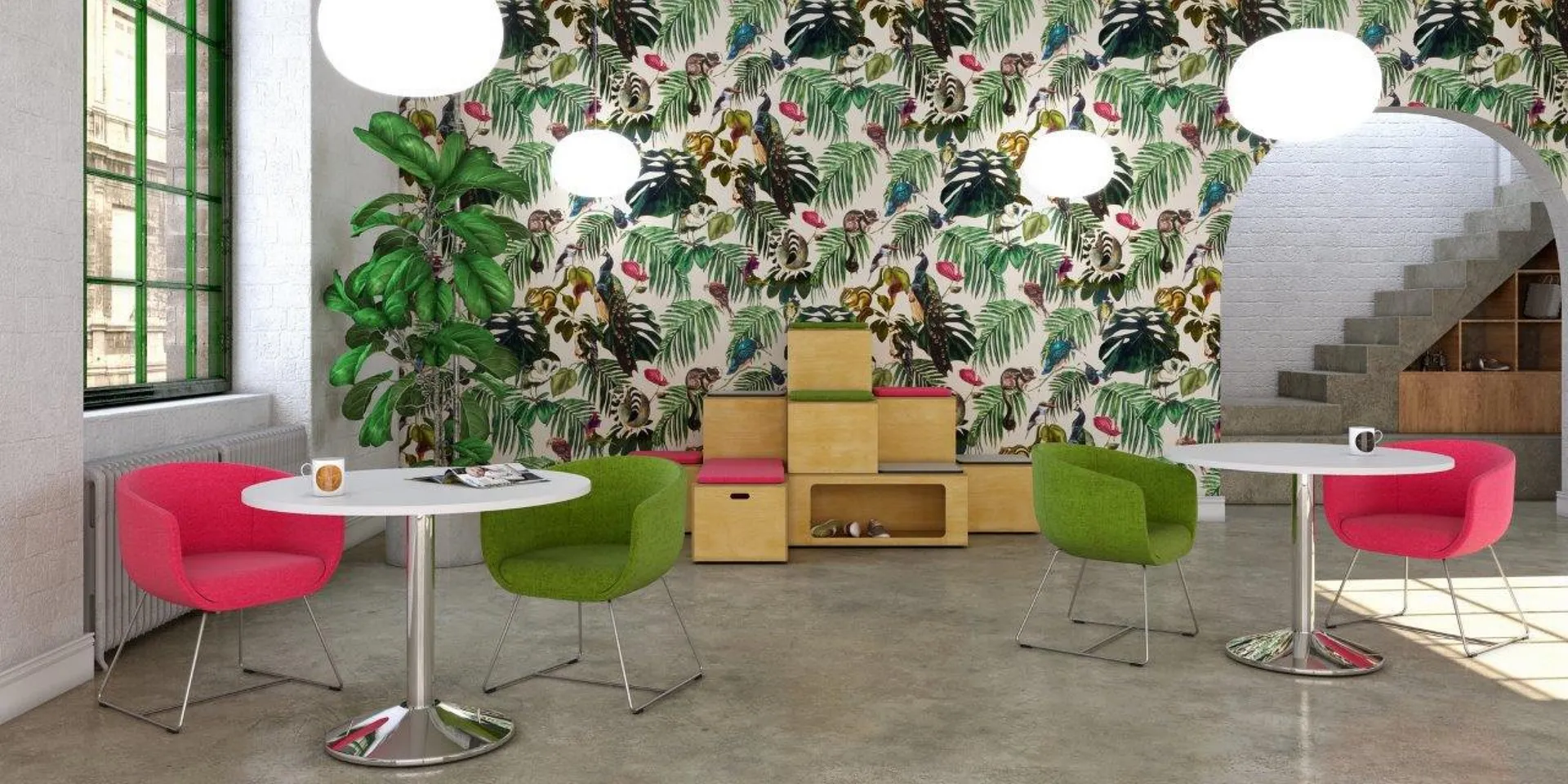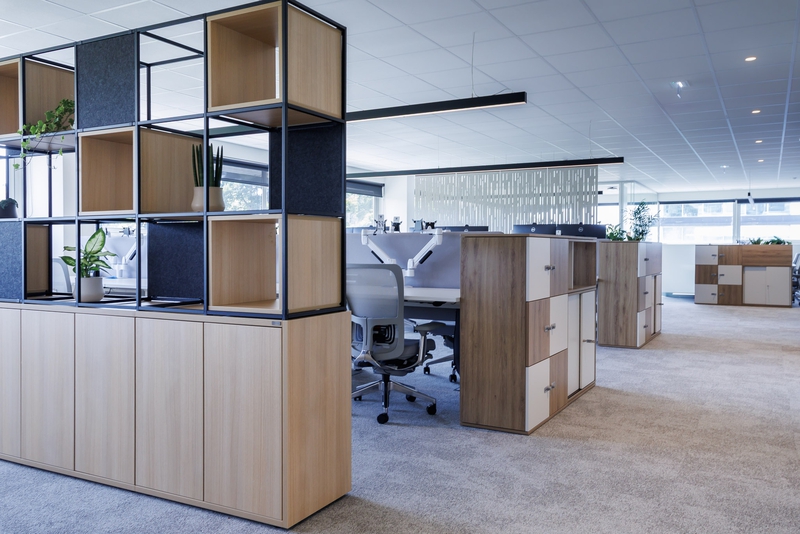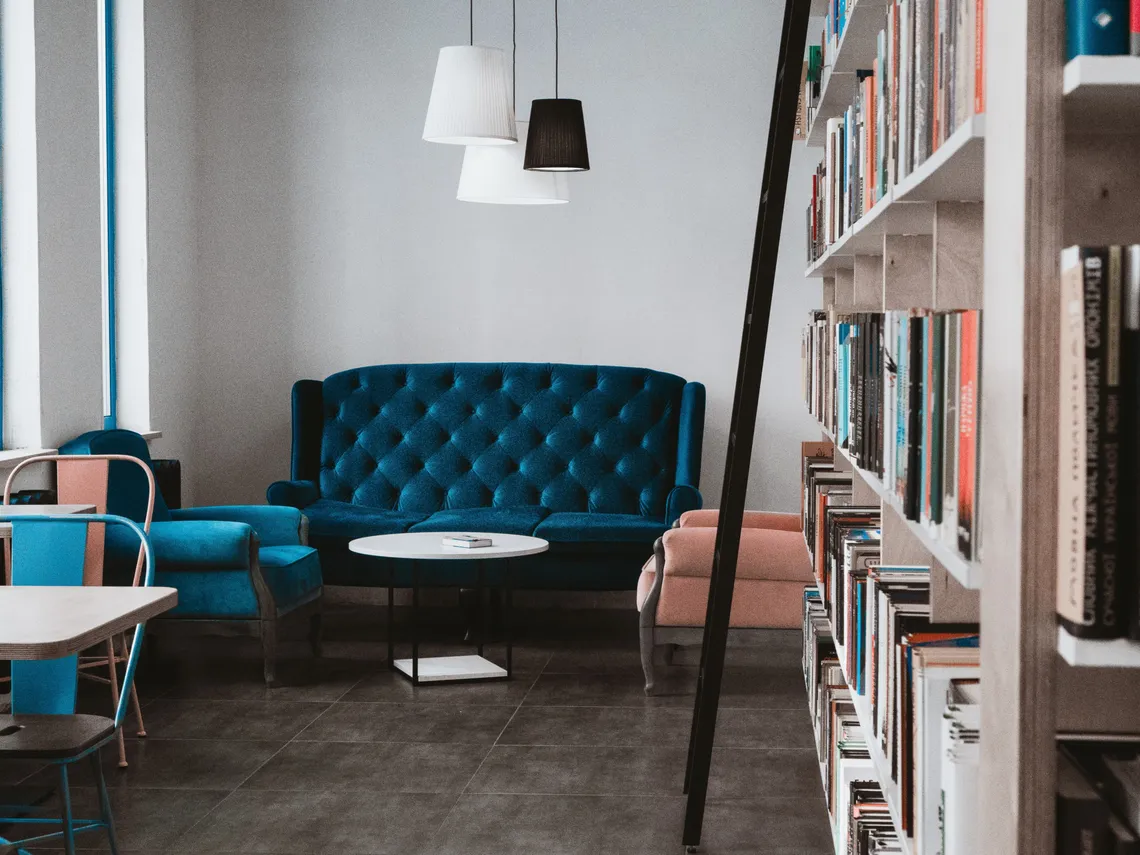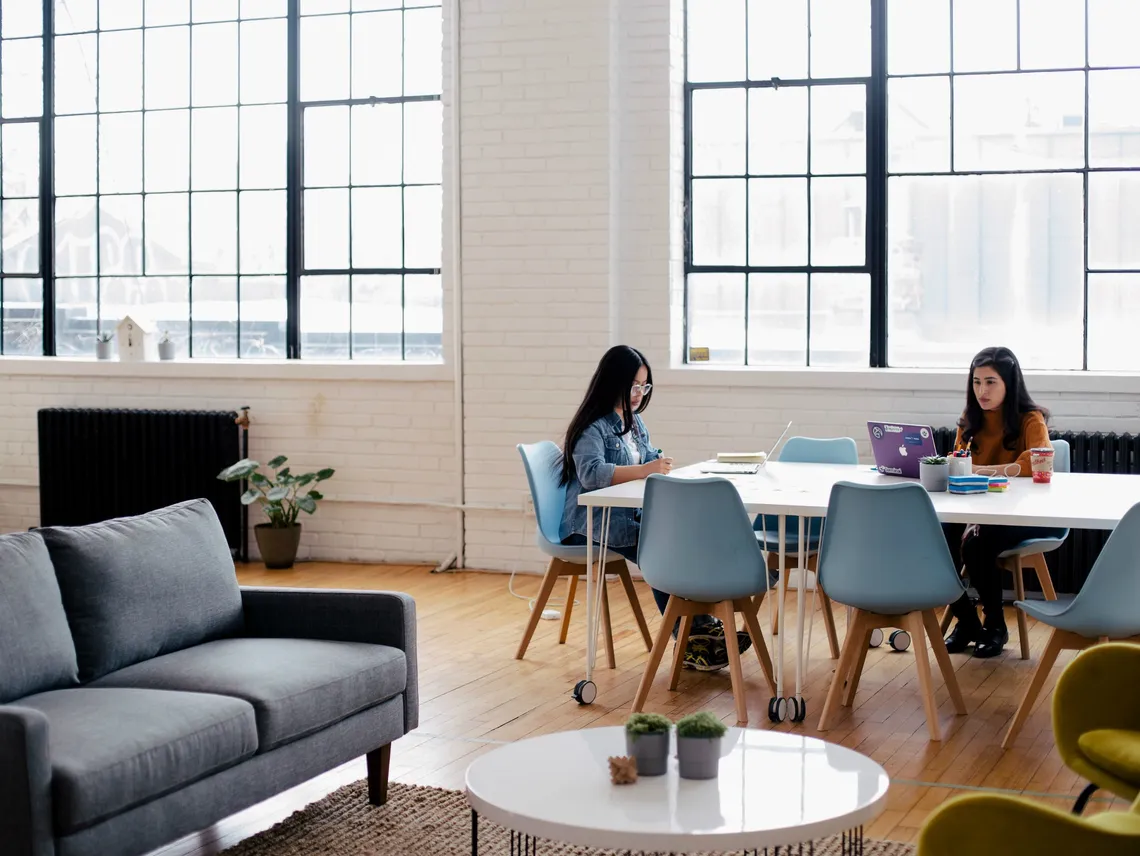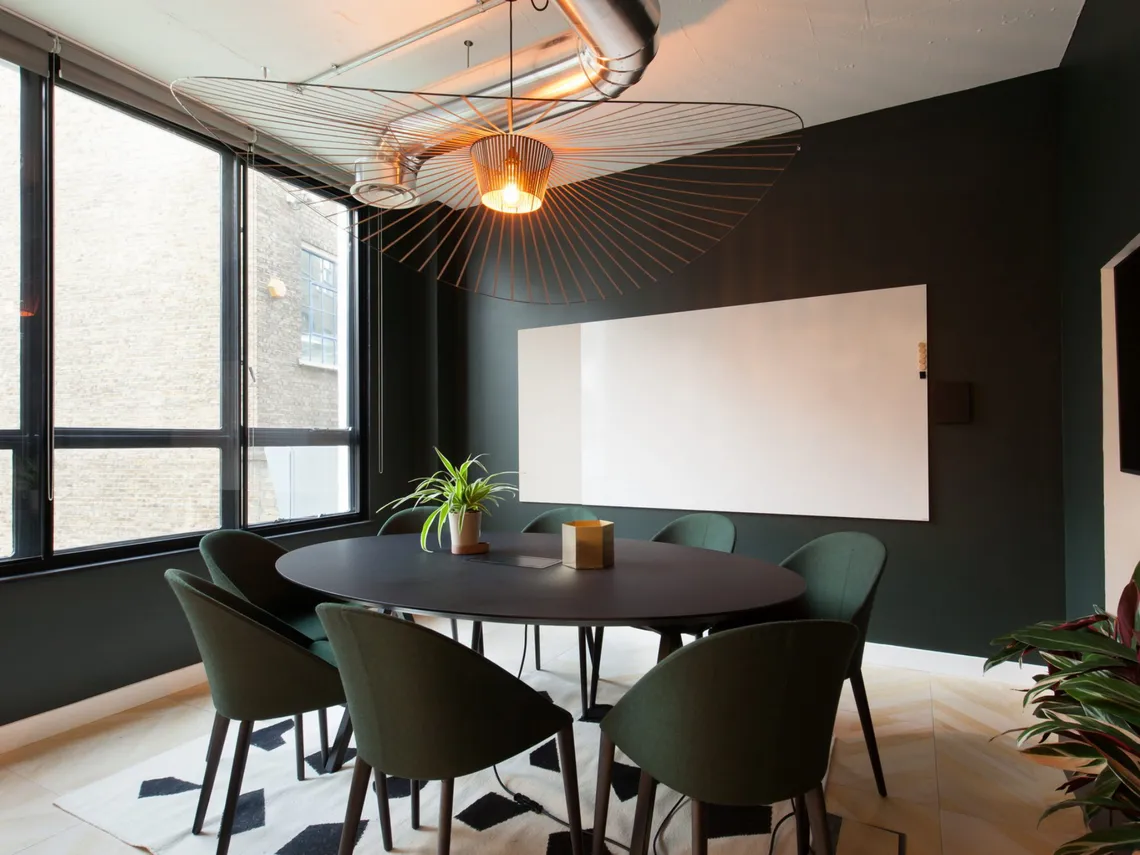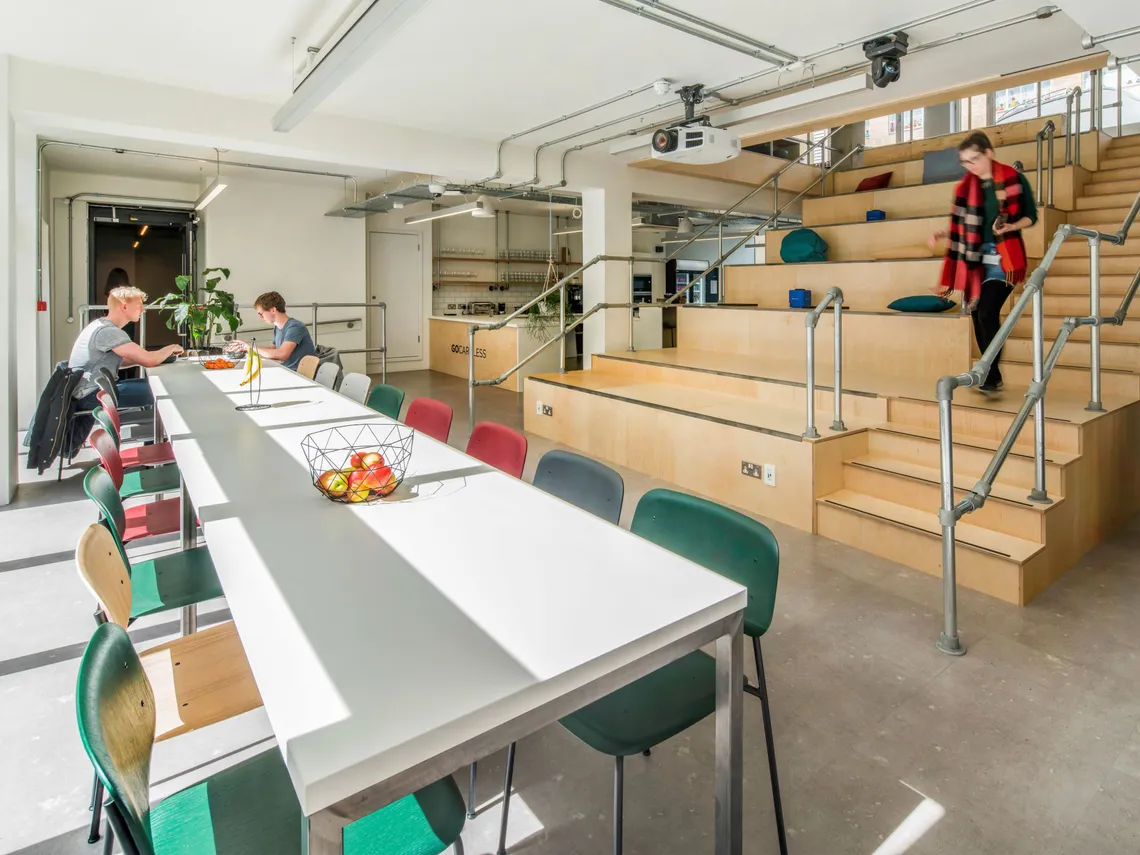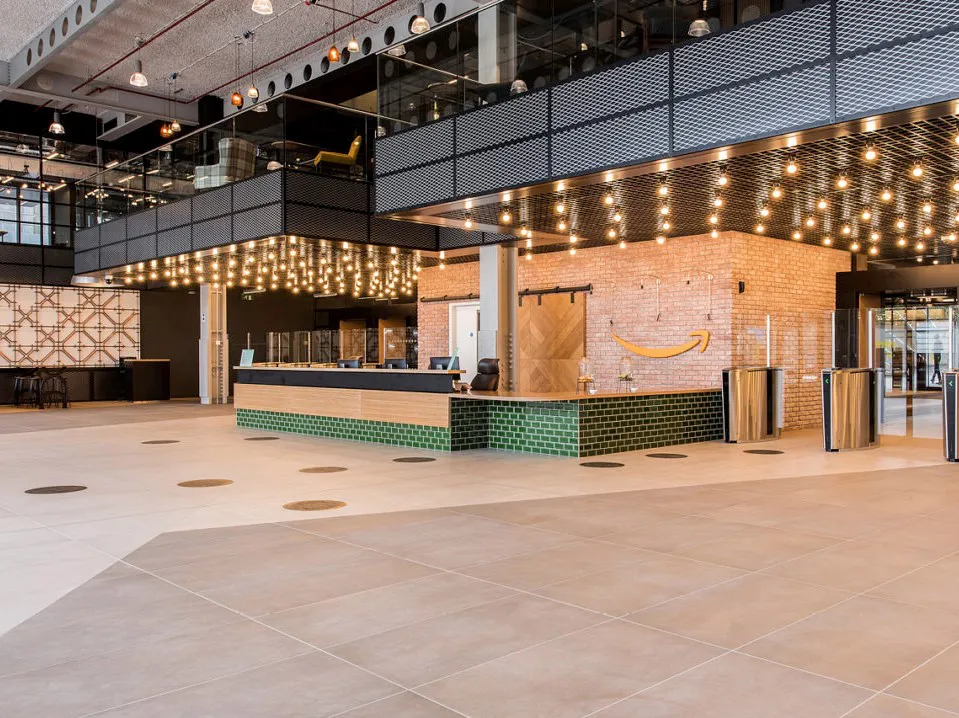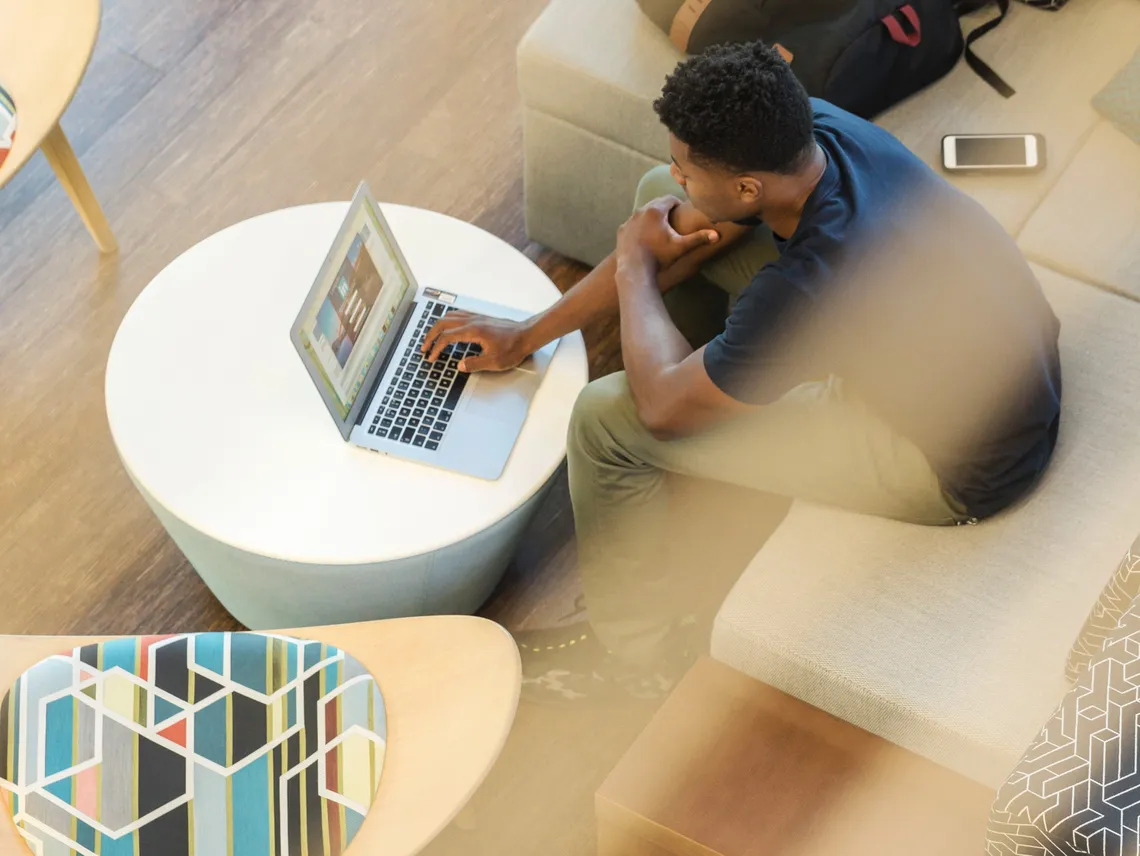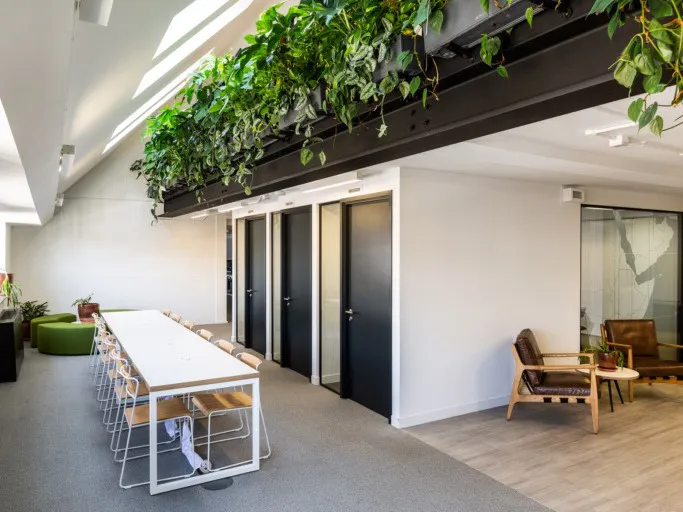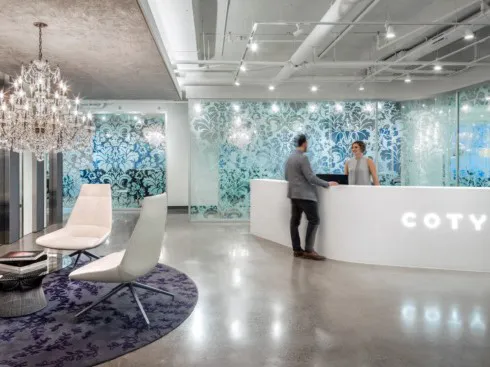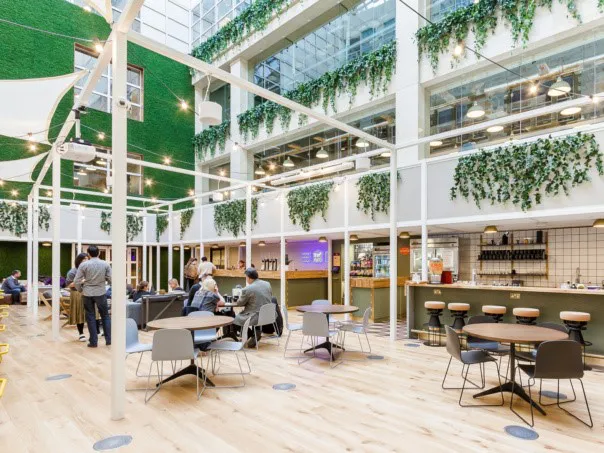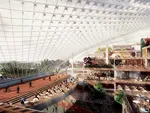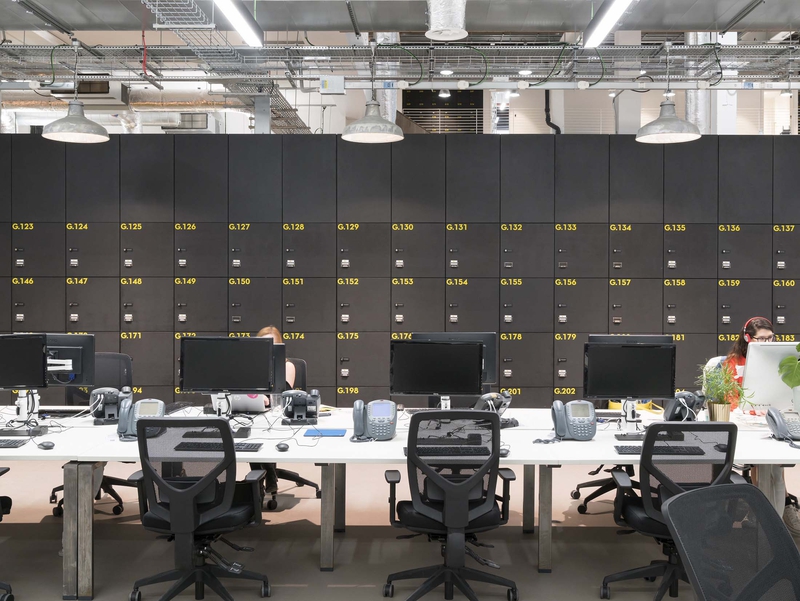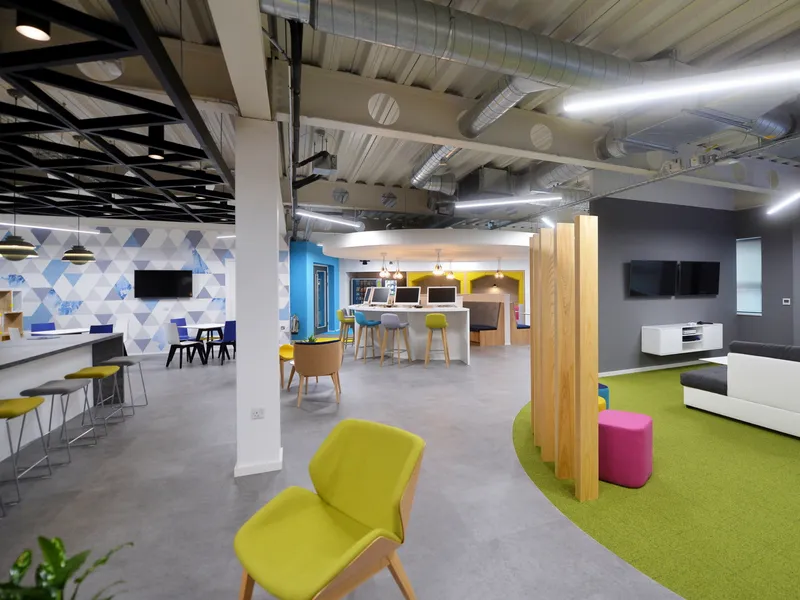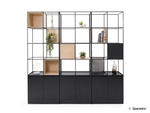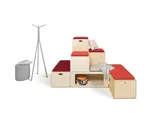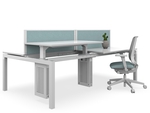24 Jun 2019
Industry Trends
In Cal Newport’s influential management tome Deep Work: Rules for Focused Success in a Distracted World, the central tenet is that true learning, growth and reflection at work happen best in a dedicated quiet space.

Matt Kwiecinski, co-founder and chief executive of Leeds-based digital marketing agency Journey, has created both a library in the agency's office and the "Thunderdome," a space used for group learning. He states, “to us it’s obvious that you can’t hope to think differently if you’re sitting in the same spot you always do. If you were designing our office from scratch, it might be tempting not to have either. The library is only used as a place to go and read; the Thunderdome probably gets used twice a month, but that’s not the point. It’s all about us exhibiting our ethos through our workspace, which is caring about clarity of thought and everybody adding value.” Matt Kwiecinski is part of an emerging band of business owners pulling back on recent trends for workspaces to be designed to be as multi-purpose as possible; areas that are meeting rooms one minute, brainstorming spaces the next, social areas another. It’s almost a return to when offices had distinct classrooms; spaces purely for ongoing training and development. But can’t workspaces operate like classrooms too?

Atul Bansal, co-founder of interior office design firm Sheila Bird Group, adds: “Today if you want to encourage continual upskilling, you don’t ‘teach’; you just need space at work to share information. The problem with fad-based office design though is that often space lacks permanency. Staff still need to know what a space is for, and ideally it should try and stay the same.” Not only does incorporating distinct learning areas into workspaces visibly demonstrate learning is valued, it gives offices additional purpose at a time when staff have more choice about where they decide to work. More than this, many argue true learning only happens if mistakes can be made and that at-desk learning simply doesn’t allow this.

Adrienne Gormley, head of Dropbox Business in Europe, Middle East and Africa, says: “We have the whole floor-to-ceiling scribble walls, space for video conference learning and so on, but we think it’s important to take people to specific and, what we call, ‘safe’ training destinations. By this we mean areas of privacy where people can feel empowered to challenge ideas without fear of onlookers.“When people don’t feel safe, they contribute ideas that are middle of the road. For learning to happen, you need to be somewhere boundaries can be pushed.” With studies showing open-plan offices can actually reduce collaboration, at one firm studied by Harvard University, human interaction fell 72 per cent, while 56 per cent more emails were sent when a business moved from a private to open-plan arrangement. More human resources leaders are warming to the idea of trying to understand how to integrate formal and informal learning space to encourage an always-learning culture.

Whist some such as the manufacturer Worcester Bosch, are leaning towards looser learning space, having two living-room sized coffee areas built to encourage people to move away from their desks and talk and learn from each other. Others are upping the ante with much more formal space, which is often beautifully designed. With two such different approaches, identifying which works best may be tricky. But according to Ben Farmer, head of human resources at Amazon UK, creating workspaces that can be classrooms too is simply about being in tune with the existing culture.

“The way we think about space and culture is linked,” he says. “But for us, we believe learning is best achieved through real-time collaboration and on-the-job learning.” As such Amazon’s style isn’t having closed-off areas, but lots of group pods, so-called flex rooms, and a variety of other communal spaces, all present at its new London headquarters in Shoreditch. “Our philosophy is if we have a variety of spaces, people gravitate to whichever suits them."
Recent City & Guilds Group research finds that 34 per cent of UK employees say they work in overly controlled workplaces. Some 32 per cent want better space for more innovation and creativity. Jane Duncan, vice president and head of people and organisation at Capgemini, concludes: “As employee expectation continues to grow, pressure is on organisations to rethink their approach to learning. This makes understanding the evolution of the workspace a strategic imperative.”
Share this article
